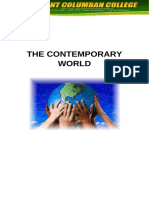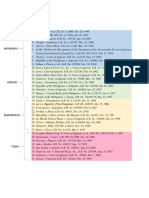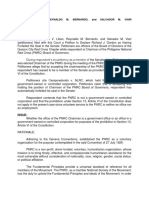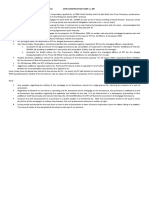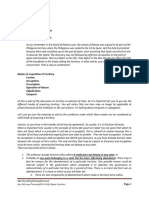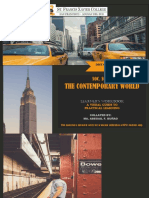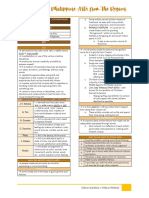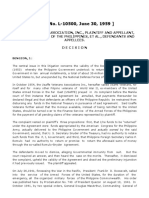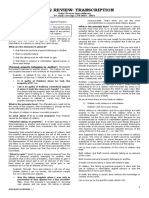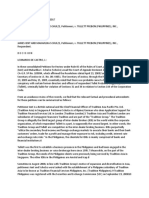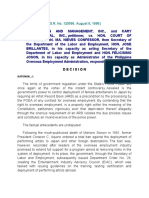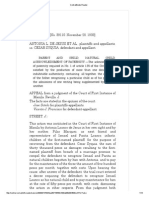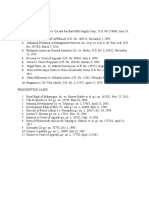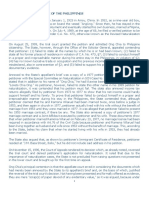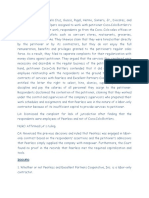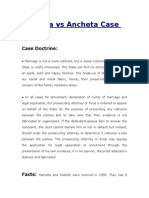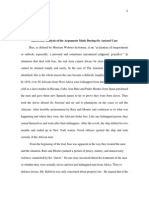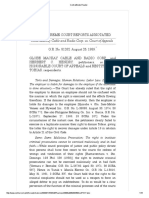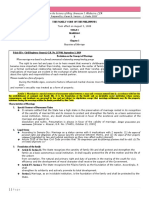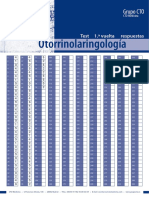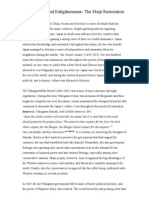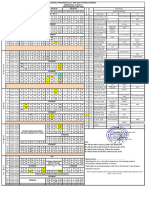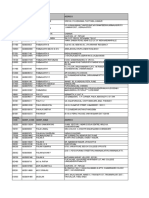0% found this document useful (0 votes)
359 views10 pagesCTCW-Module1-Lesson 1 Final
This document provides an overview of the concepts and definitions related to globalization that will be covered in Module 1 of the course materials. It begins with a working definition of globalization as primarily an economic process involving the integration of national markets. It then discusses a broader academic definition proposed by Manfred Steger that views globalization as the expansion and intensification of social relations and connections across time and space. Examples are given of how global connections are multiplying and intensifying in different spheres like finance, trade, and media. The document concludes by distinguishing globalization as a process from globalism as an ideology and noting some scholars prefer to discuss "multiple globalizations" rather than one overarching process.
Uploaded by
MelonCopyright
© © All Rights Reserved
We take content rights seriously. If you suspect this is your content, claim it here.
Available Formats
Download as DOCX, PDF, TXT or read online on Scribd
0% found this document useful (0 votes)
359 views10 pagesCTCW-Module1-Lesson 1 Final
This document provides an overview of the concepts and definitions related to globalization that will be covered in Module 1 of the course materials. It begins with a working definition of globalization as primarily an economic process involving the integration of national markets. It then discusses a broader academic definition proposed by Manfred Steger that views globalization as the expansion and intensification of social relations and connections across time and space. Examples are given of how global connections are multiplying and intensifying in different spheres like finance, trade, and media. The document concludes by distinguishing globalization as a process from globalism as an ideology and noting some scholars prefer to discuss "multiple globalizations" rather than one overarching process.
Uploaded by
MelonCopyright
© © All Rights Reserved
We take content rights seriously. If you suspect this is your content, claim it here.
Available Formats
Download as DOCX, PDF, TXT or read online on Scribd
/ 10
